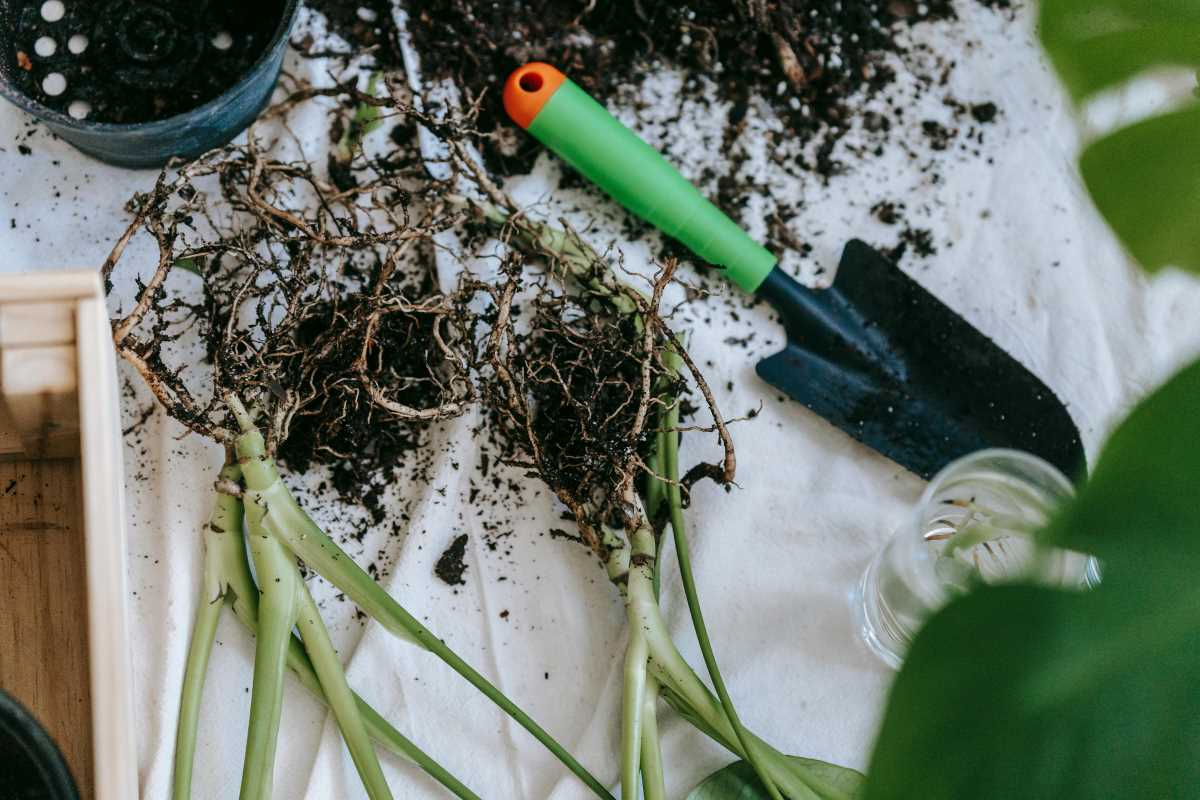When you think of getting fit, your mind probably jumps to lifting weights, running, or heading to a yoga class. But what if we told you that your backyard garden could double as an unexpected, but totally effective, workout space? That’s right! Gardening is more than planting flowers and pulling weeds; it’s a full-body workout that combines strength, cardio, and a surprising dose of mindfulness.
The best part?
You don’t need a gym membership or fancy equipment to reap the benefits. Whether you’re planting vegetables, pruning bushes, or digging in the dirt, you’ll be burning calories, toning muscles, and reducing stress, all while creating something beautiful.
If you’ve been looking for a fun, outdoorsy way to stay active, consider swapping dumbbells for a trowel and discovering the many fitness perks of gardening.
The Physical Benefits of Gardening
At first glance, gardening might not seem like an intense physical activity, but don’t be fooled by its laid-back reputation. Spend an hour planting, weeding, or raking, and you’ll quickly realize it’s a serious calorie burner that works muscles you didn’t even know you had! Here’s why gardening is such a fantastic way to stay active:
1. A Calorie-Burning Powerhouse
Depending on the tasks you’re tackling, one hour of gardening can burn anywhere from 200 to 400 calories. Activities like digging, hoeing, or pushing a wheelbarrow provide great cardio workouts, while squatting and reaching offer plenty of functional movement. It’s a calorie burn that rivals moderate-intensity workouts, all without stepping foot inside a gym.
2. Strength from the Ground Up
Gardening isn’t just cardio; it’s also a sneaky strength builder. Digging, lifting, and carrying heavy bags of soil or pots require upper-body and core engagement, while repeated squats and lunges target leg muscles. Even small movements, like trimming shrubs or pulling weeds, improve grip strength and fine motor skills.
3. Improves Flexibility and Balance
Reaching up to prune a high branch, bending to plant seeds, and balancing while carrying tools all add an element of flexibility and stability training. These are movements that mimic real-life functionality, making gardening an ideal way to stay mobile and agile as you age.
The Mental Health Benefits of Gardening
Gardening isn’t just good for your body; it does wonders for your mind too. The simple act of digging in the dirt, breathing fresh air, and connecting with nature can have profound effects on your overall well-being.
1. Stress Relief in Every Shovel of Dirt
Research shows that spending time in nature reduces cortisol levels (the stress hormone) and boosts serotonin. Gardening in particular is grounding, literally and figuratively. It encourages awareness by keeping you focused on the present moment as you plant, nurture, and watch things grow.
2. Mood Booster
Ever heard of horticultural therapy? There’s a reason it’s a real thing! Gardening has been shown to reduce symptoms of anxiety and depression. Getting your hands dirty, soaking up the sun, and seeing the fruits (and veggies!) of your labor can be incredibly rewarding.
3. Boosts Creativity and Focus
Designing a garden layout, choosing plants, and troubleshooting pests? These creative tasks engage your brain in problem-solving while allowing you to express yourself in a hands-on way. Plus, spending time outdoors sharpens focus and helps banish mental fatigue.
How to Garden with a Fitness Focus
If you’re ready to turn your weekend gardening session into a full-blown workout, here are some tips to make it more fun, effective, and fitness-oriented:
1. Get a Full-Body Workout with Variety
Mix up your gardening tasks to ensure you’re moving different muscle groups. Alternate between raking, lifting soil bags, pulling weeds, and pruning to keep your body guessing. Bonus? You’ll cover more ground and finish your gardening to-do list faster.
2. Maximize the Movements
Turn everyday gardening actions into fitness moves:
- Squat to Plant: Instead of bending over, try squatting when planting or weeding to strengthen your legs and protect your back.
- Lunging to Reach: Step into a lunge to pick up tools or reach low branches, giving your legs and core an extra workout.
- Core Engagement: While shoveling or raking, tighten your core and maintain good posture to turn chores into an ab-strengthening exercise.
3. Add Resistance
Carry watering cans instead of using a hose to work your arms and shoulders. For an even bigger challenge, carry two of equal weight and walk them around your garden. Hello, impromptu farmer’s carry!
4. Turn It Into Intervals
Treat gardening like a circuit workout. Spend 5-10 minutes on each task, then switch to a new one to keep your heart rate up and your muscles moving.
5. Set Goals and Track Progress
Just like with traditional fitness, tracking your gardening “workouts” can keep you motivated. Time how long it takes you to rake a certain patch or count how many bulbs you plant. The sense of accomplishment is surprisingly motivating!
Combining Movement with Intention
One of the most magical things about gardening is how it seamlessly blends activity with mindfulness. You’re not just moving your body; you’re creating, nurturing, and connecting with the natural world. That means your workout isn’t just about calories burned or muscles toned; it’s about cultivating joy and finding a sense of balance.
Spend a few minutes noticing the textures of the soil, the songs of the birds, or the smell of fresh flowers. These small sensory moments add an extra layer of calm and help you stay grounded in the present.
A Workout You’ll Actually Stick With
Gardening isn’t just an effective workout; it’s one you’ll look forward to. It replaces the monotony of gym machines with the freedom of the great outdoors. It rewards your efforts with blooming flowers, fresh vegetables, and a sense of accomplishment. And best of all? It’s an activity you can continue well into your later years, keeping you active, healthy, and happy.
 (Image via
(Image via





